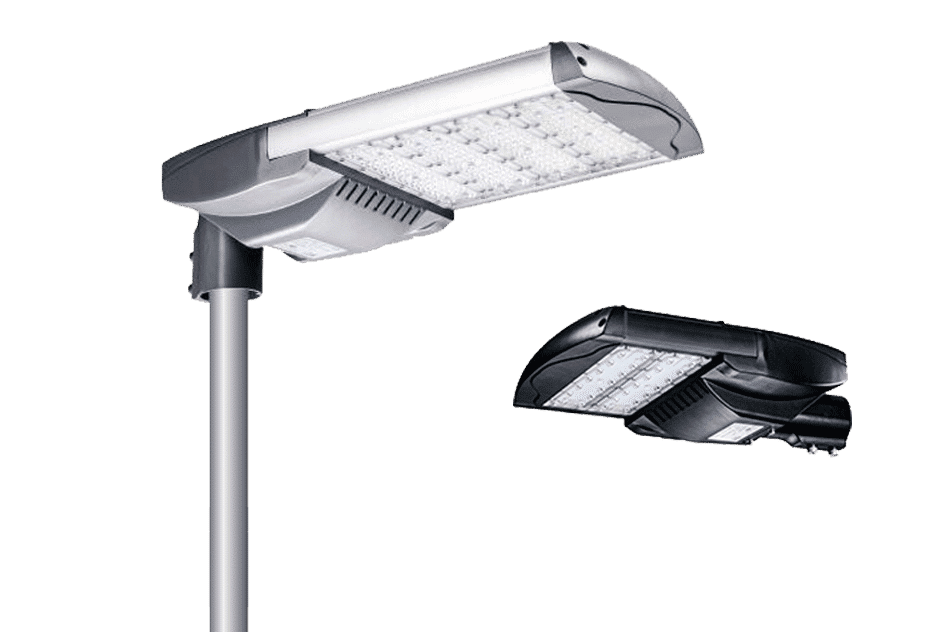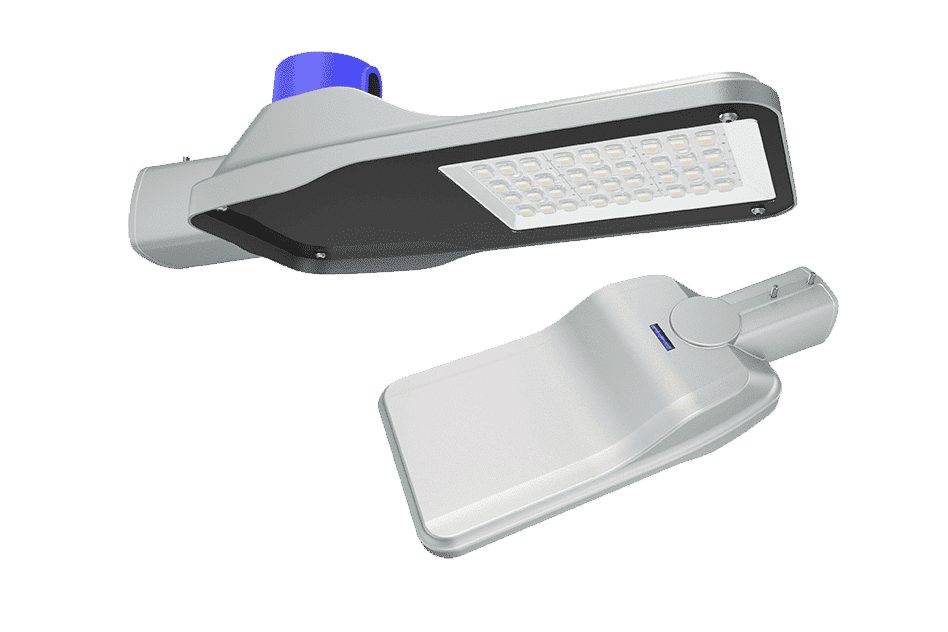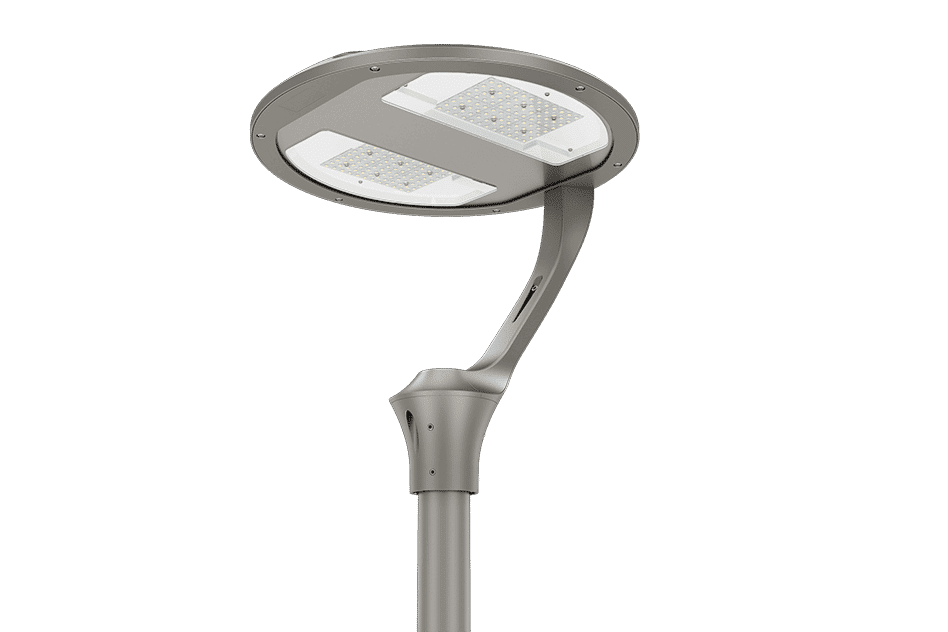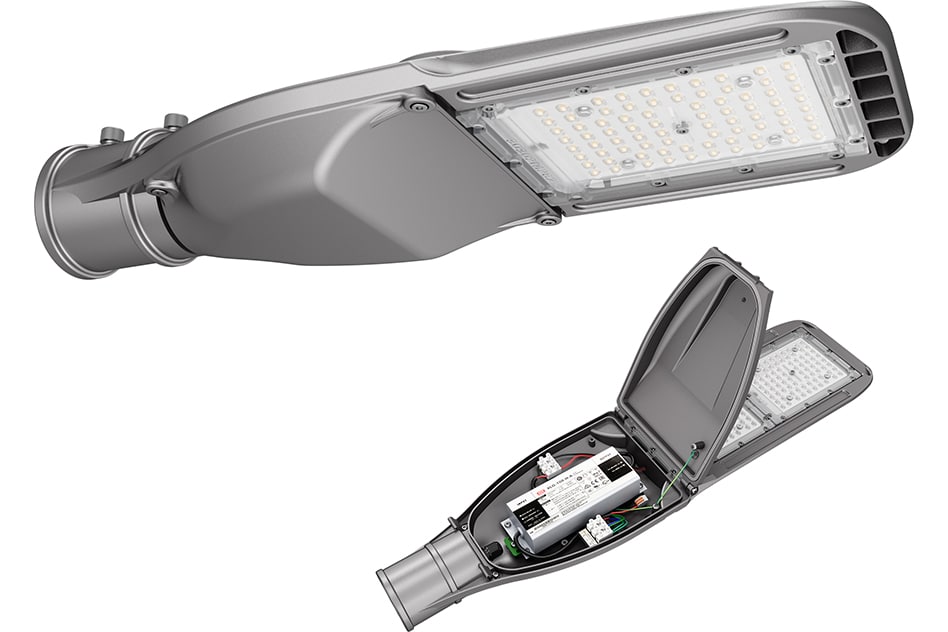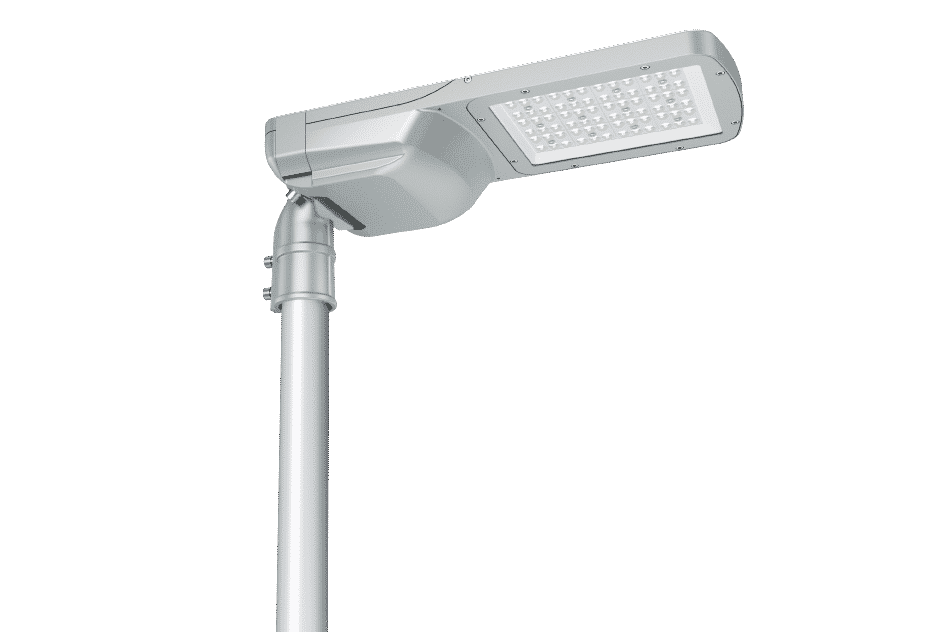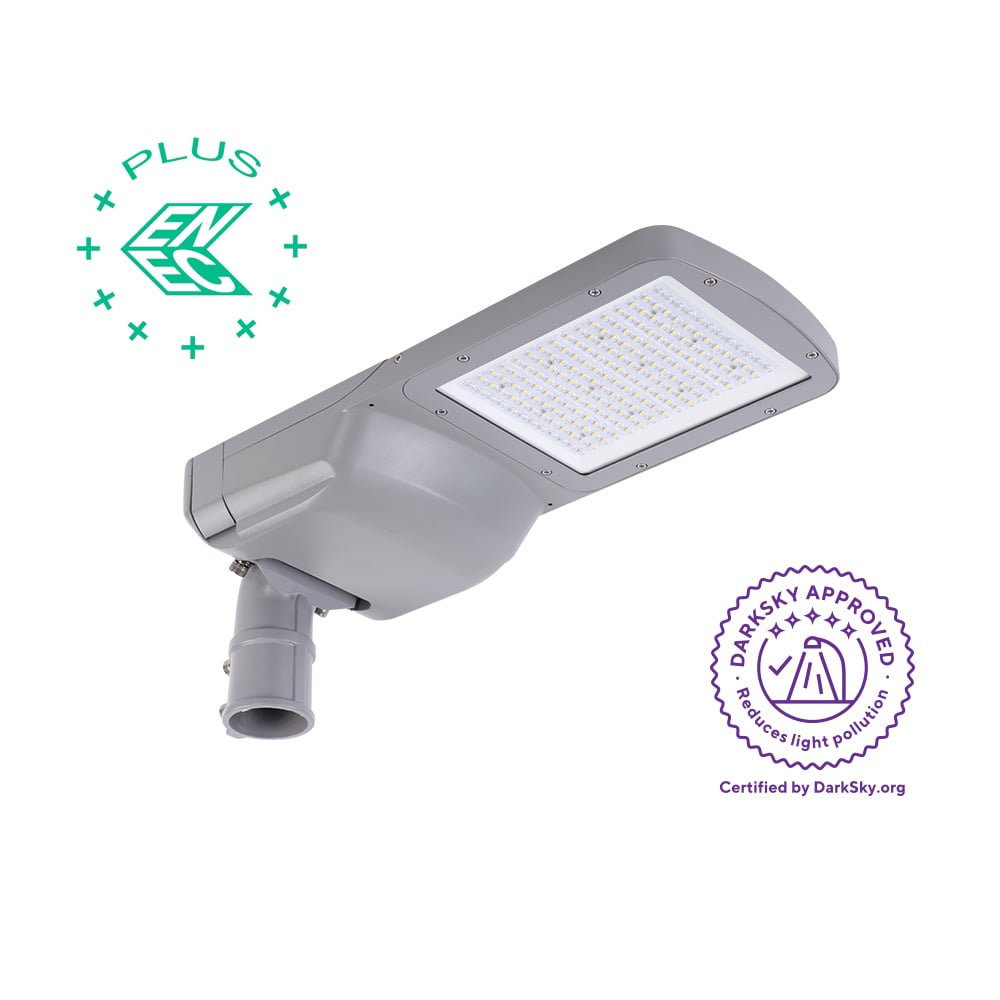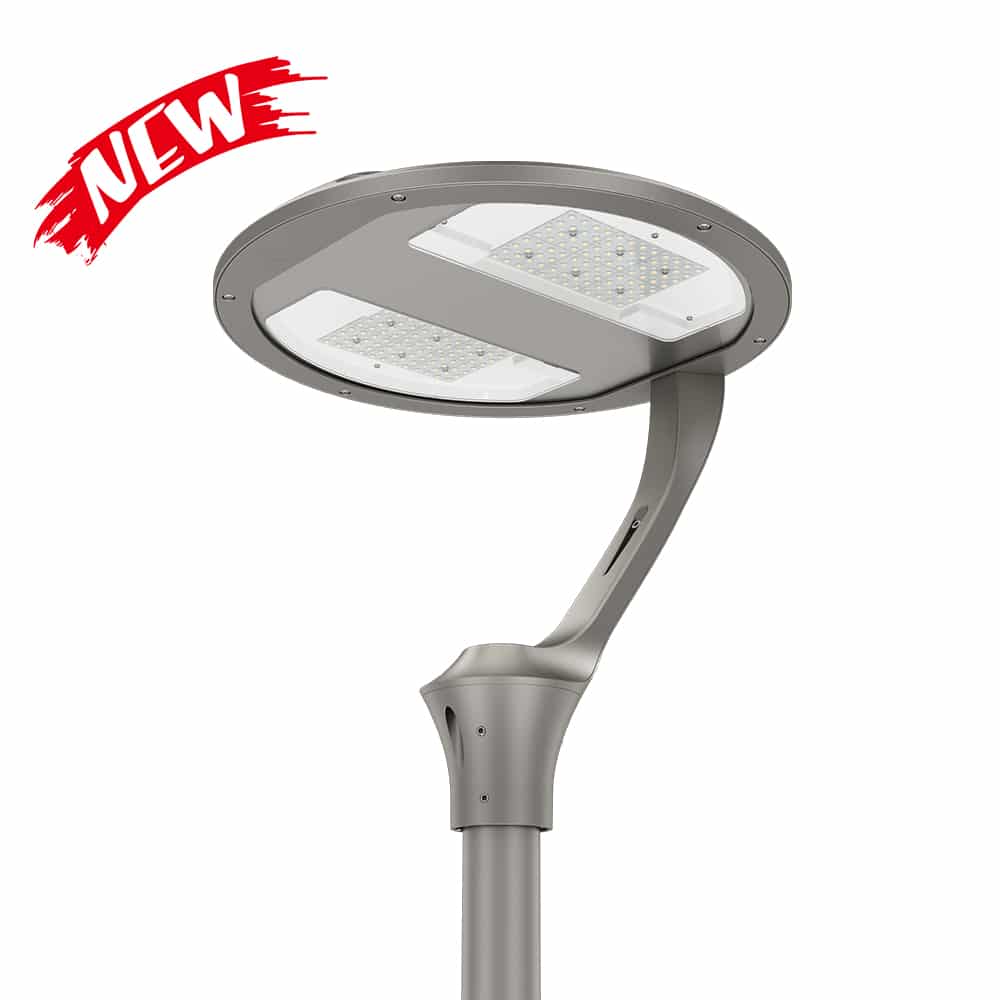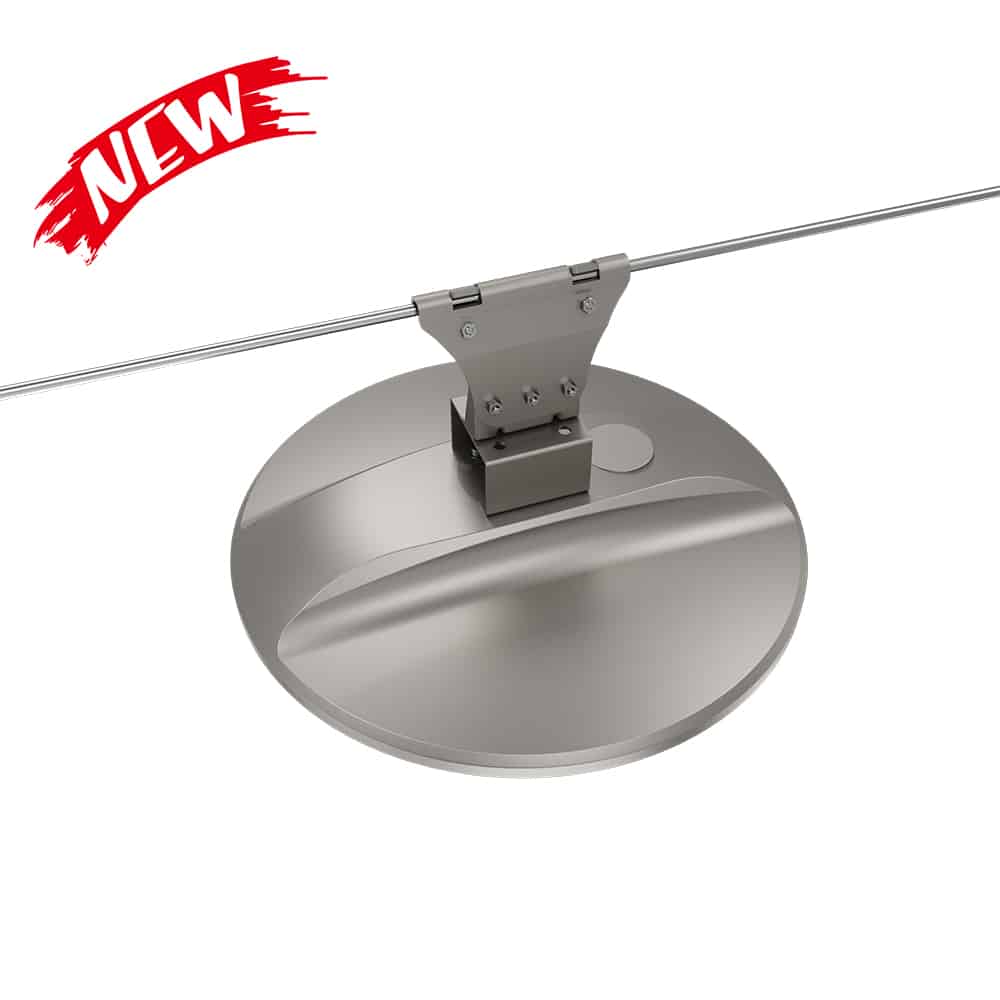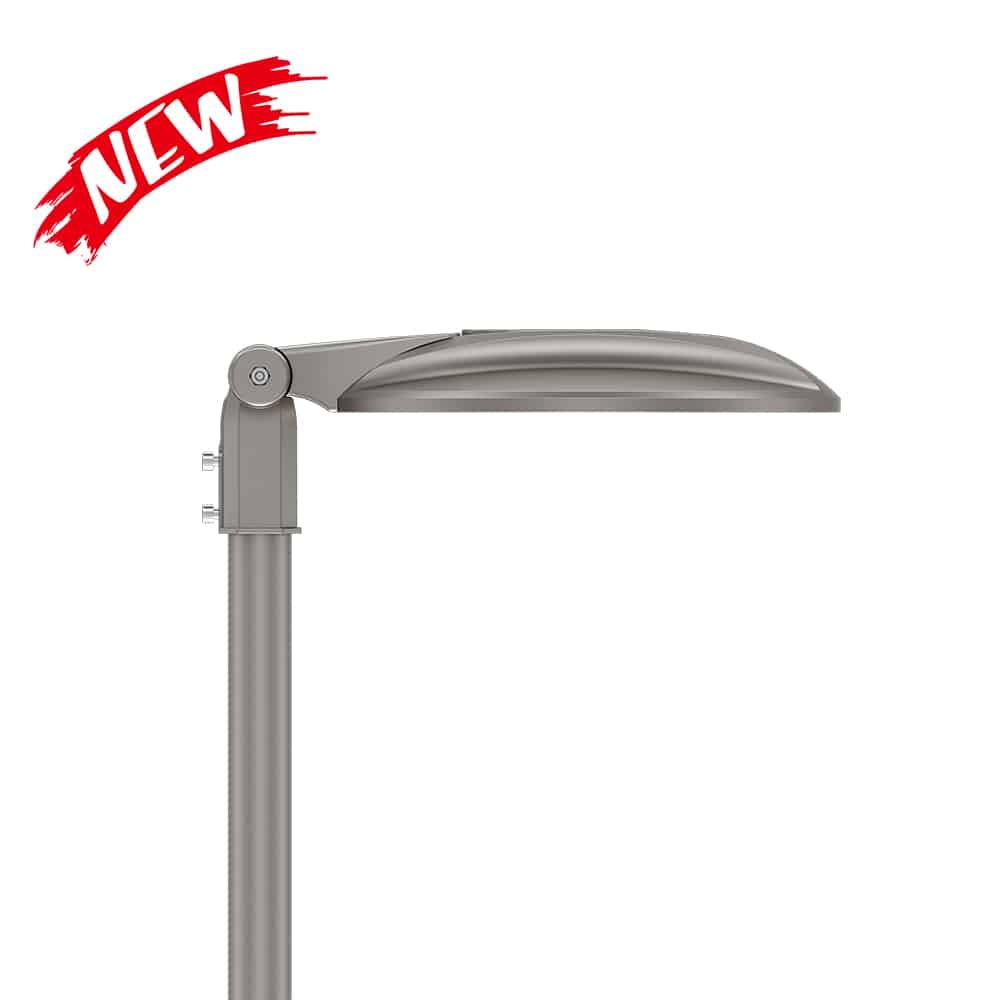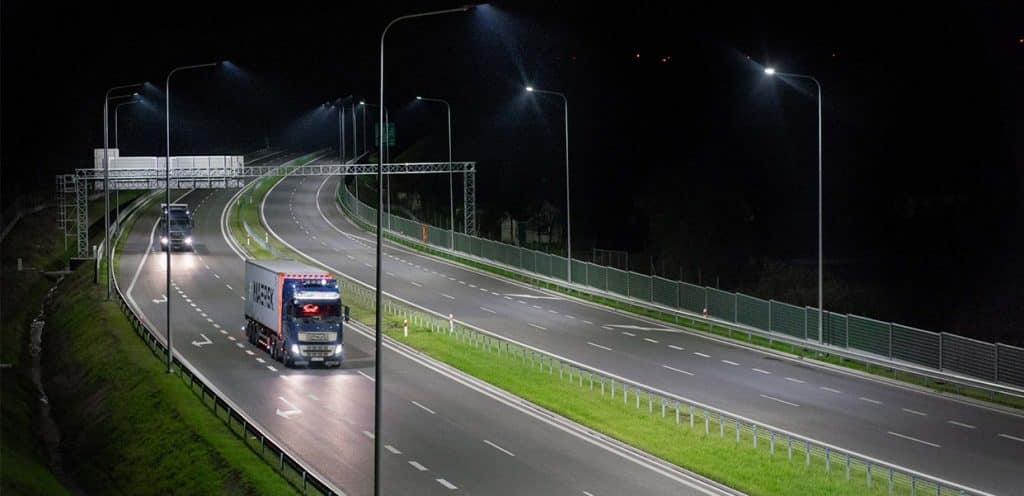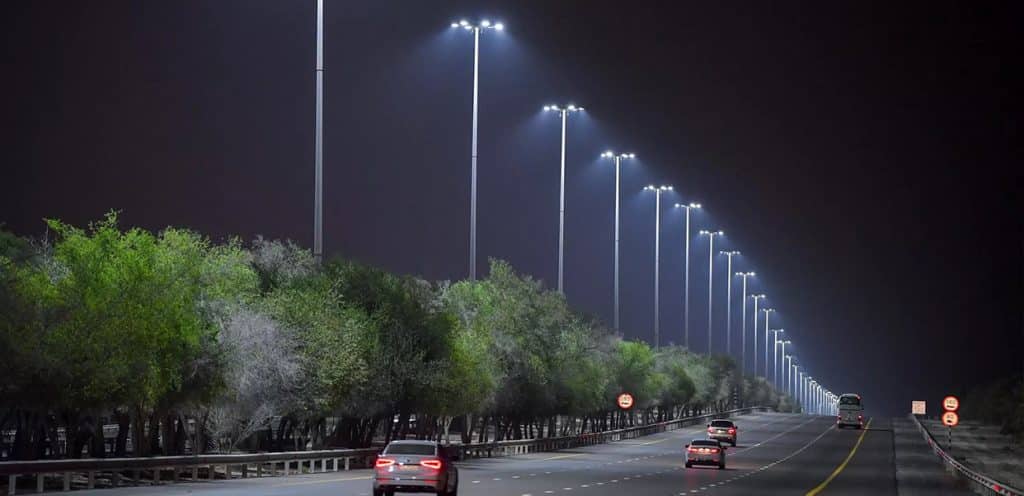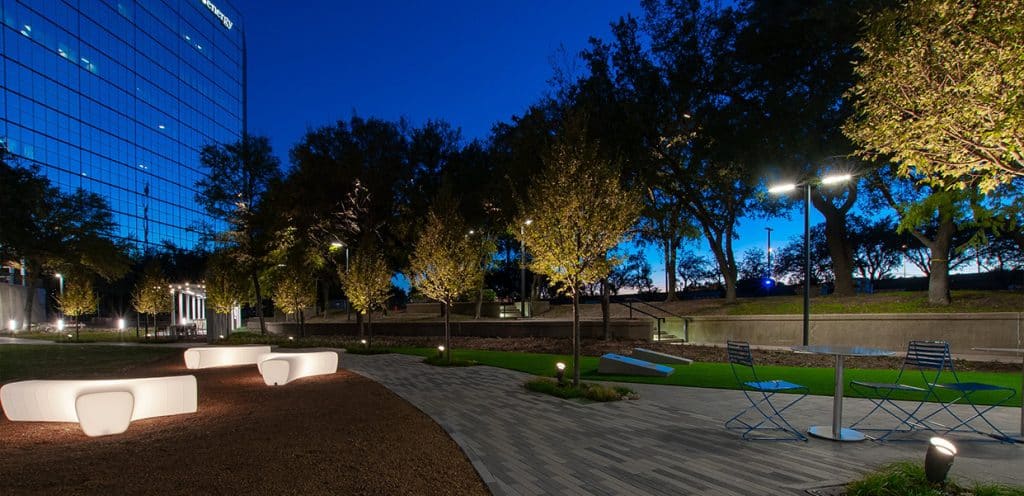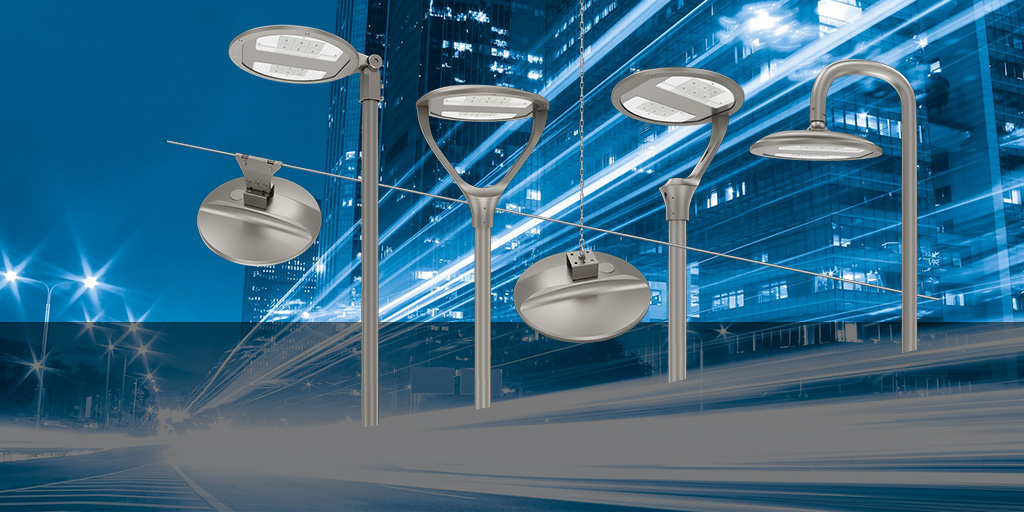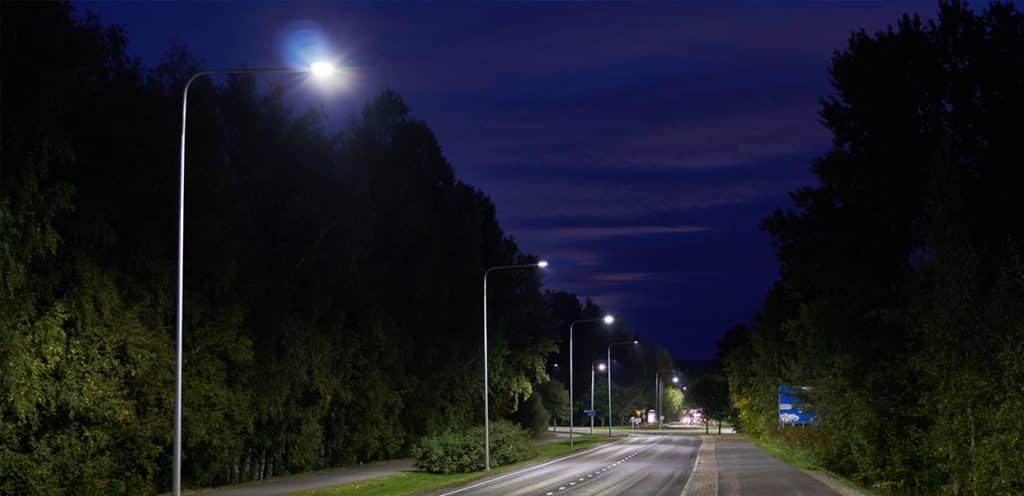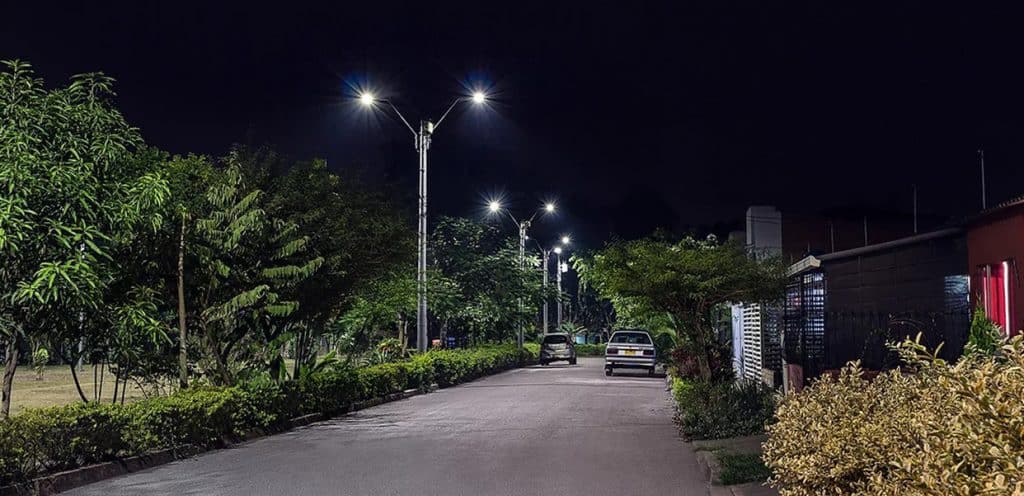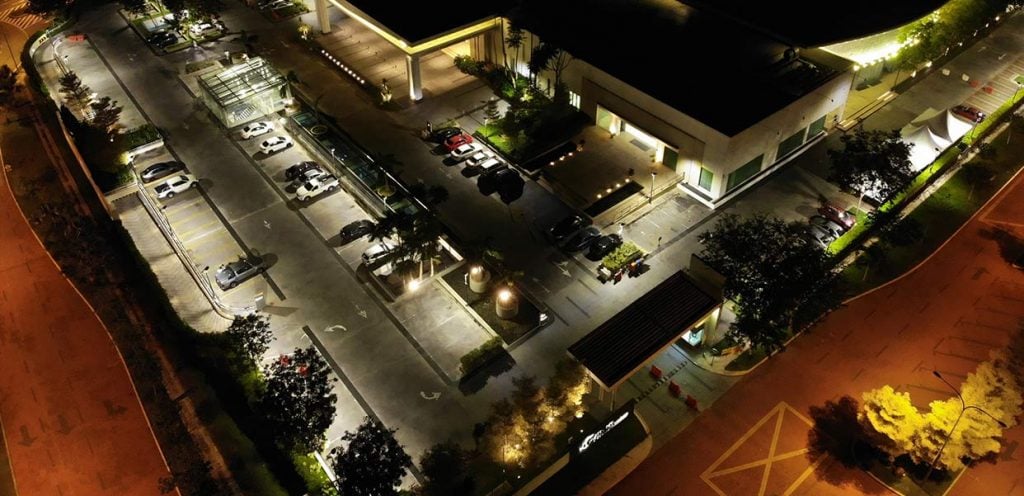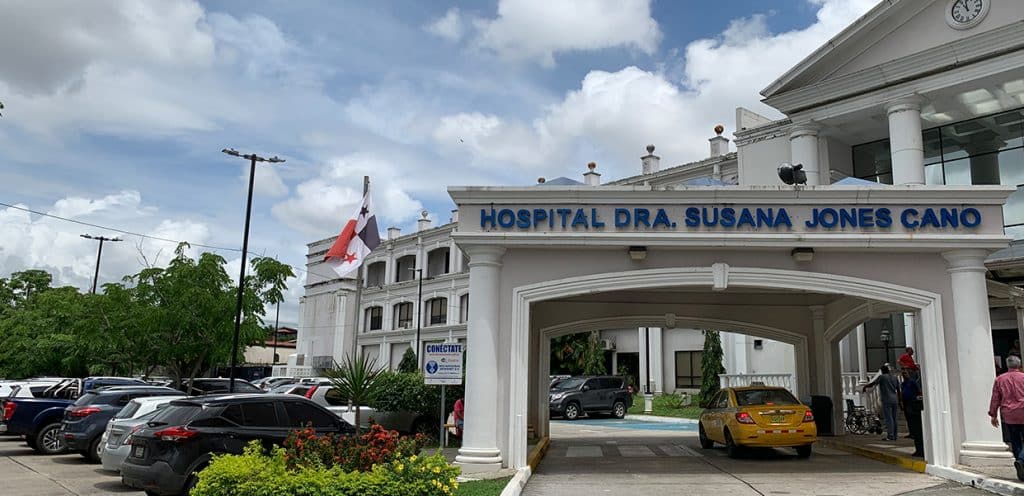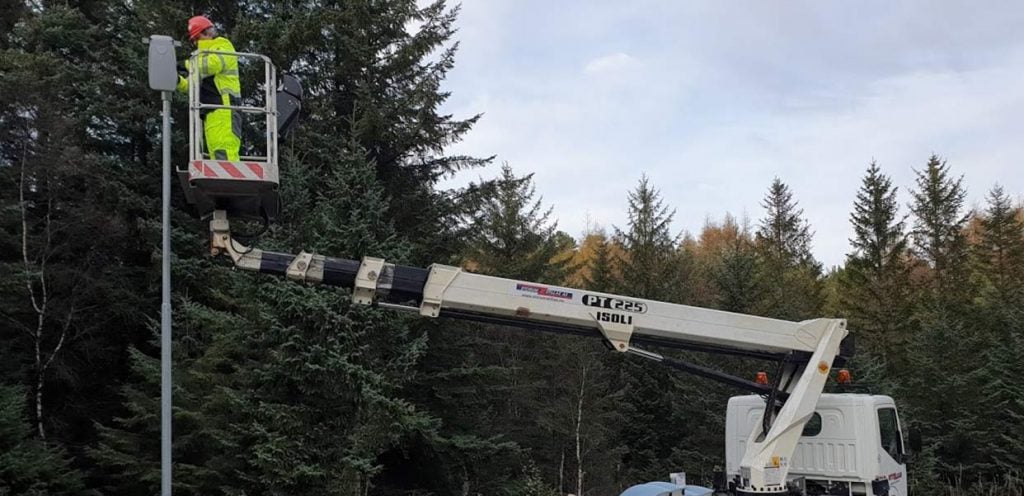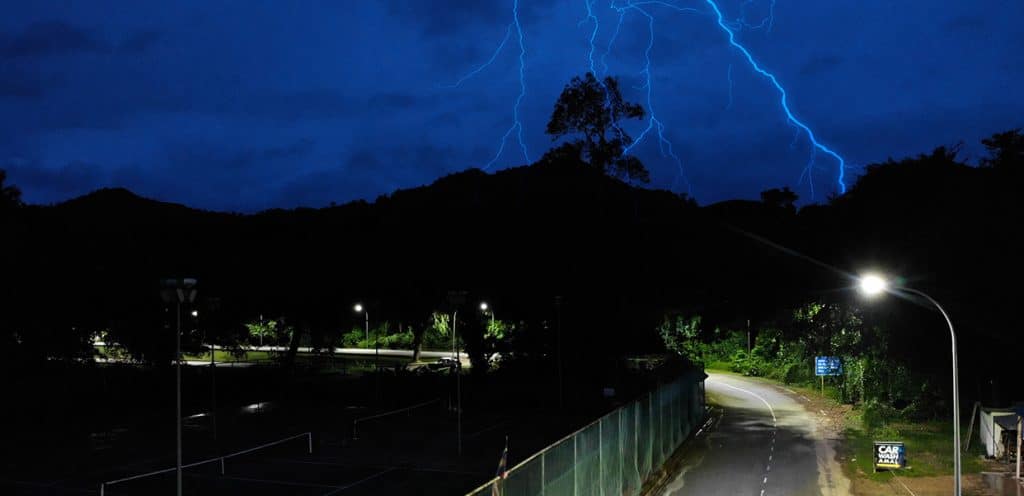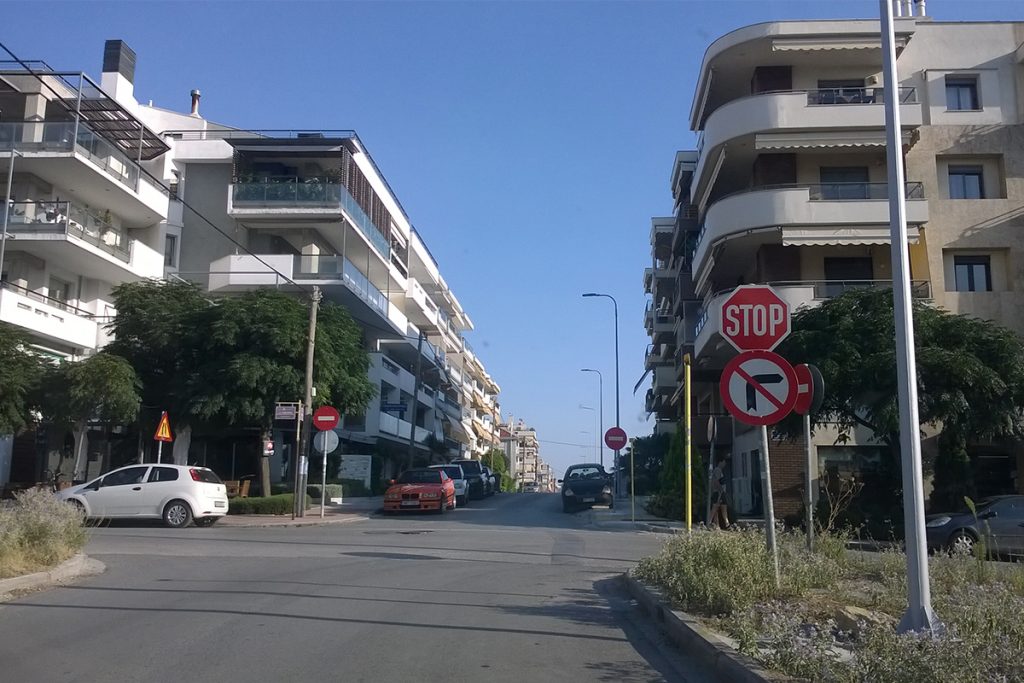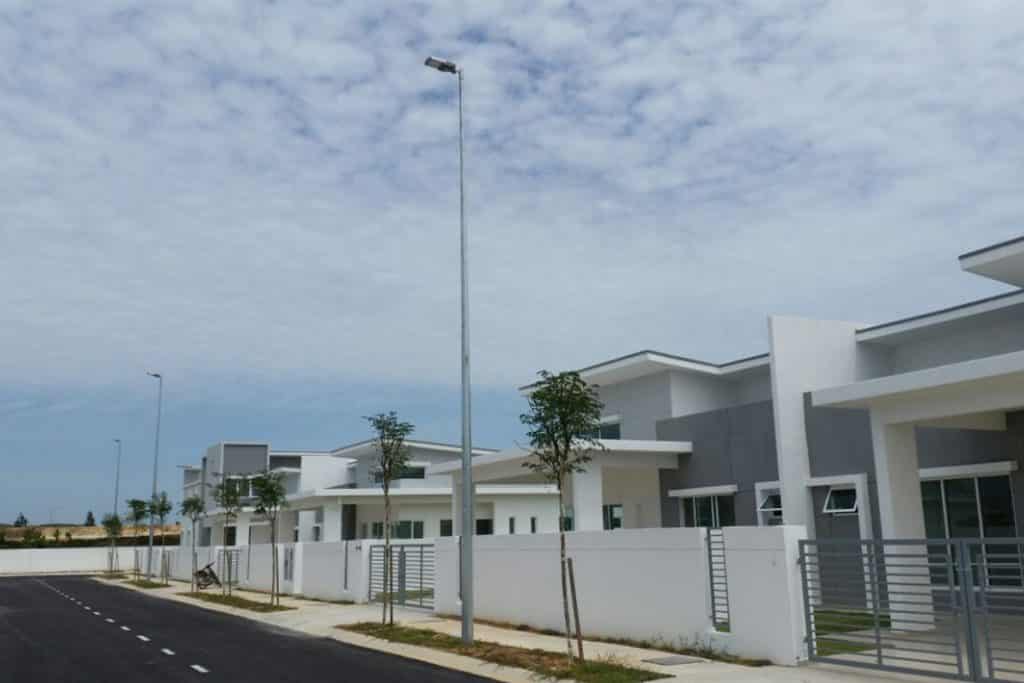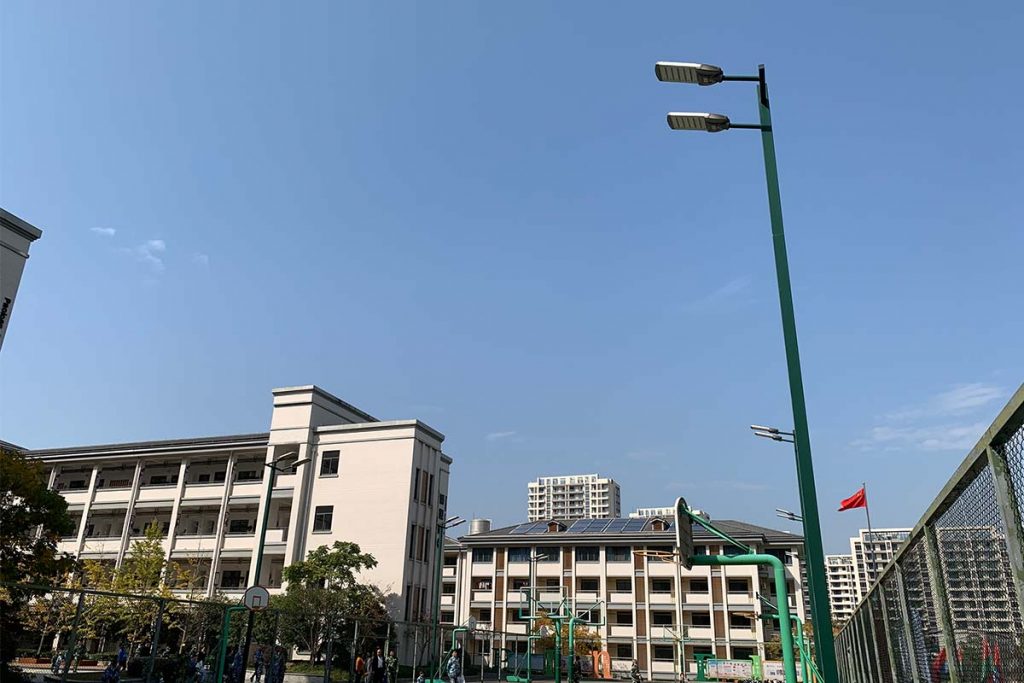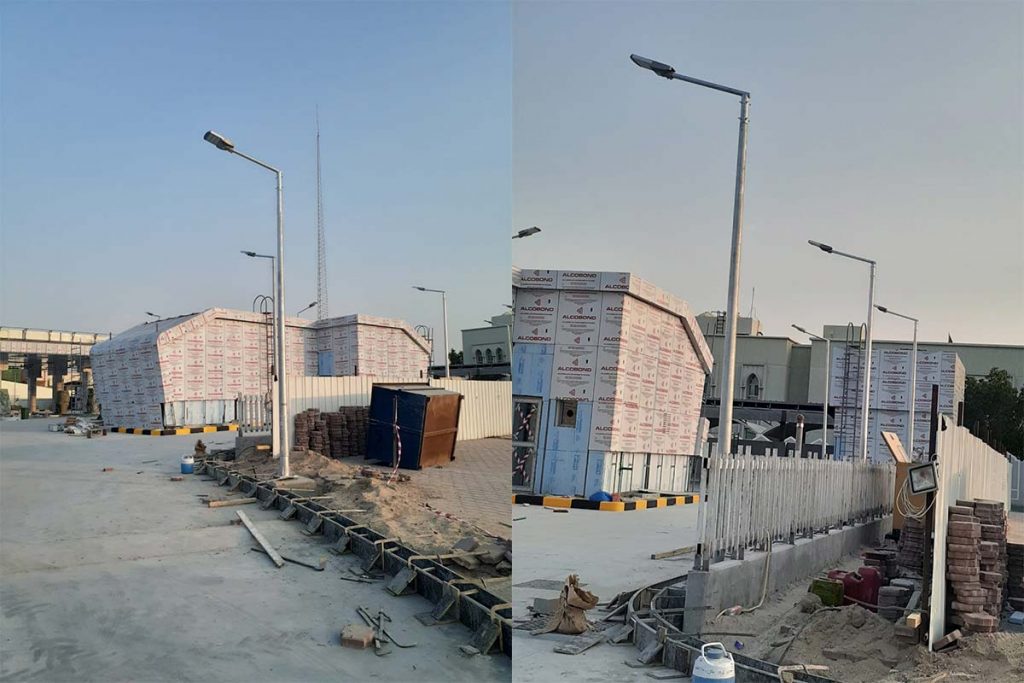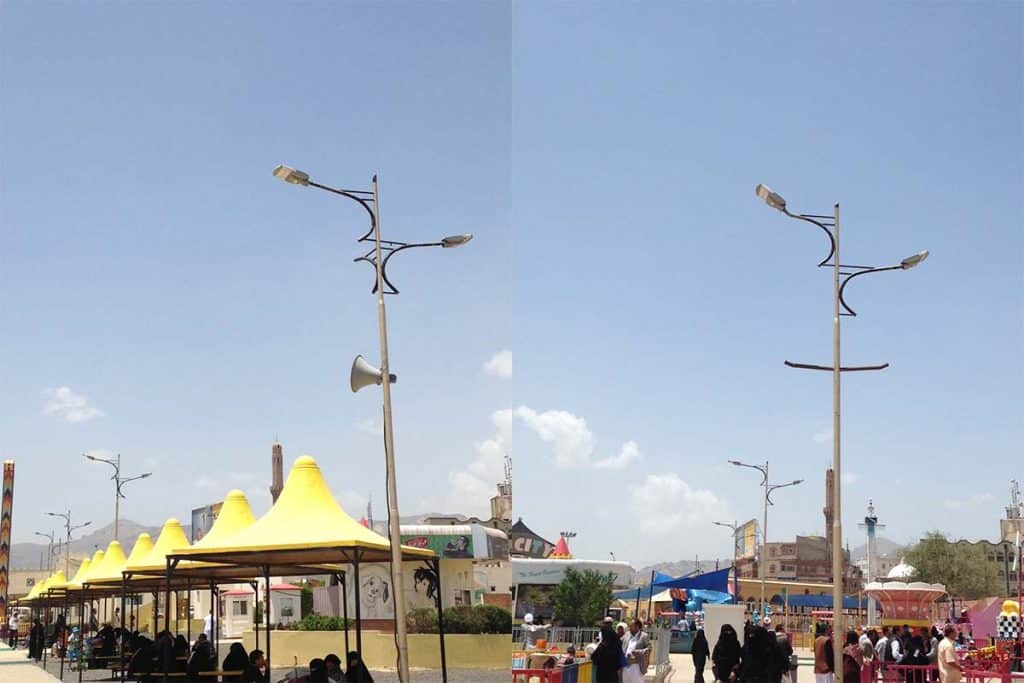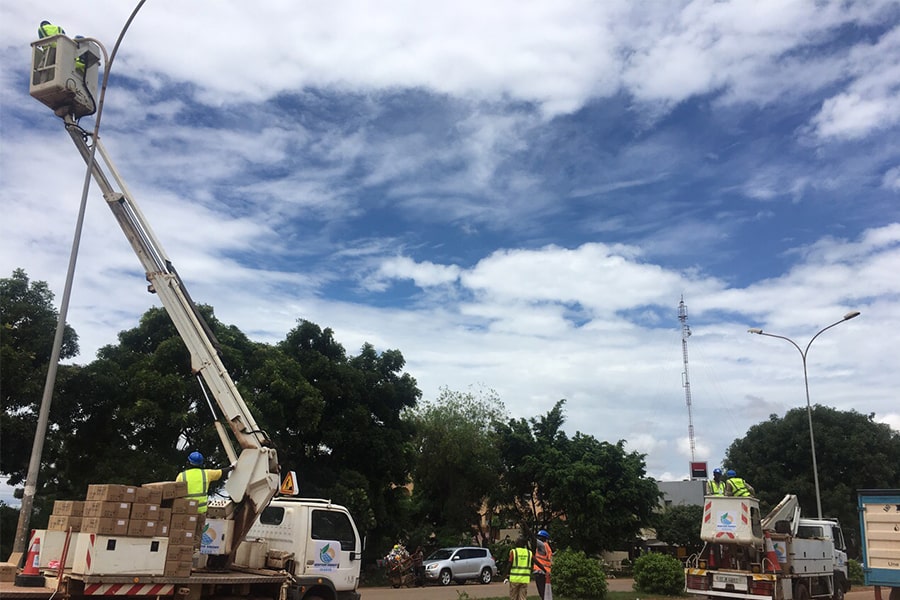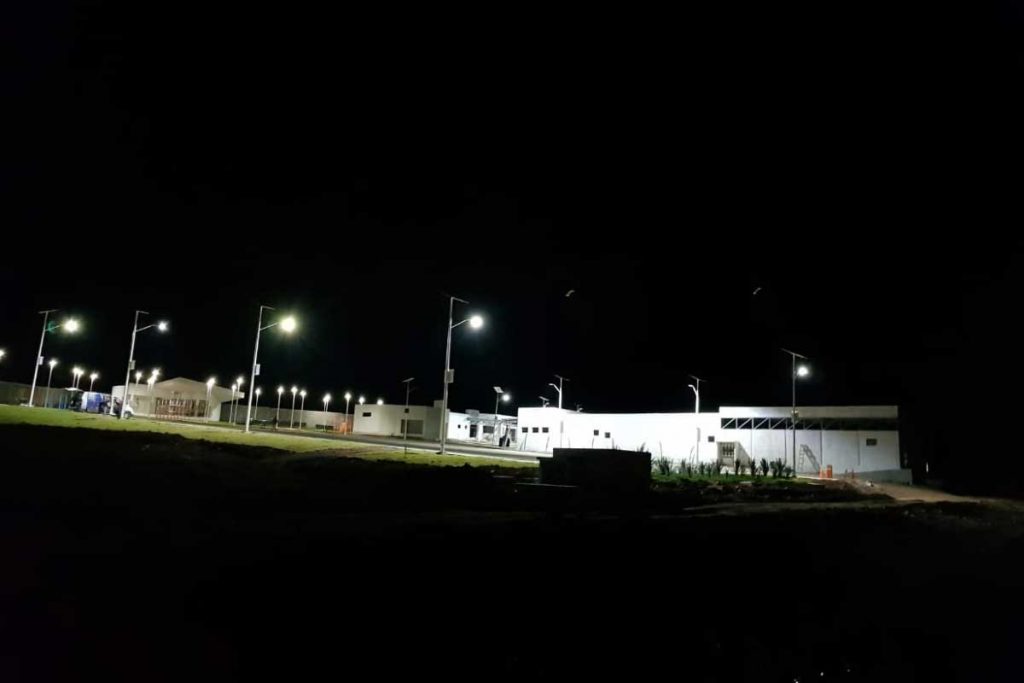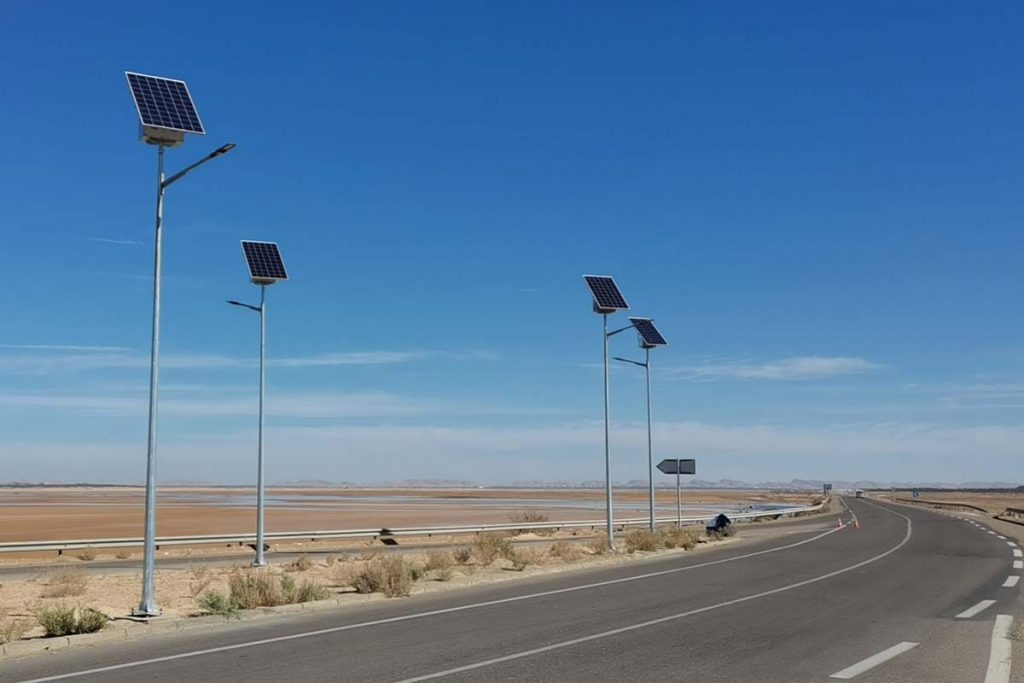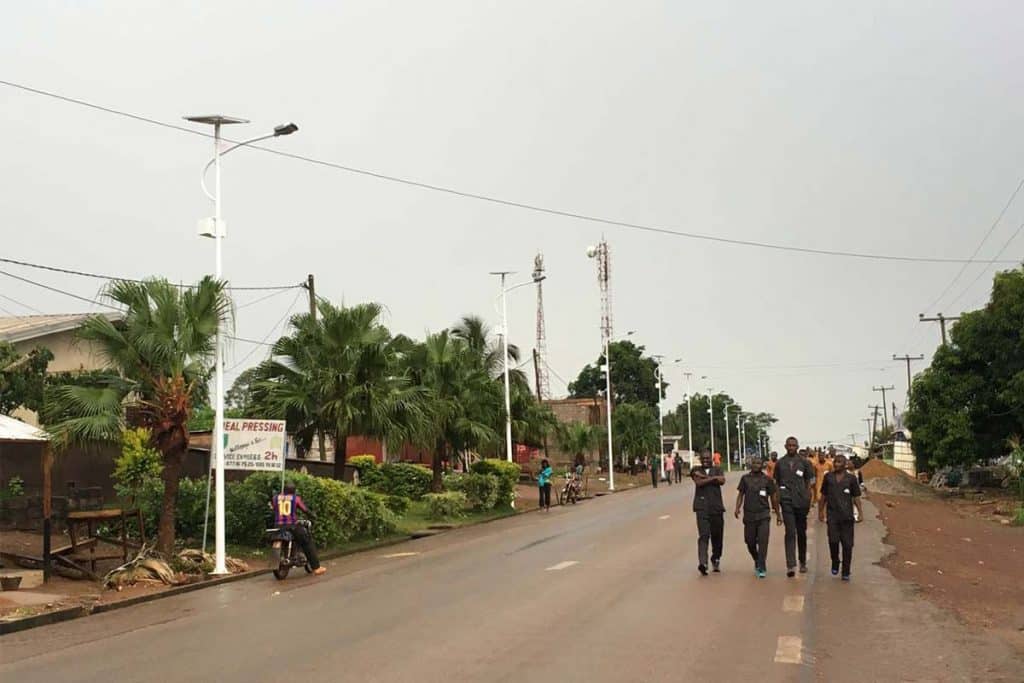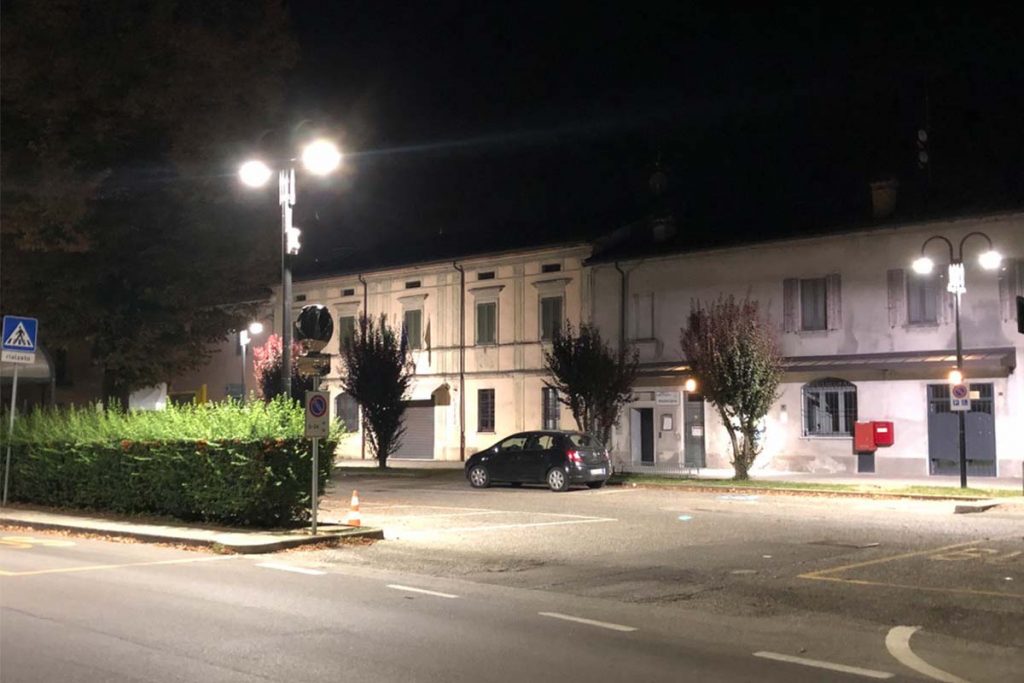LED lighting certification standards-certification marks and bodies
LED lighting certification standards-certification marks and bodies
Introduction
Why standards and certification? We believe that from an industry perspective, standards provide the basis for definitions, test methods, laboratory certification, product design, manufacturing and testing. From a government perspective, standards and certifications helps ensure public safety, provide consumer protection, regulate energy consumption and monitor environmental issues. Learn more about certification or marks and we are able to differentiate whether LED lights are qualified or not. All over the world there are standards, certifications and marks for various LED lights for different functions. You might be wondering what they mean and how they work. In this article we would like to show you the common standards and certifications(marks) for LED street lights. Of course, as the LED market continues to change, standards or certifications(marks) will change, and more new standards and certifications(marks) will continue to emerge.
EU and International standardization bodies
International Electrotechnical Commission (IEC) is the earliest non-governmental international electrotechnical standardization body established in the world. A part of IECEE is the International Electrotechnical Commission (standard) for Electrical Equipment (IECEE). It can be seen that IECEE mainly targets electronic products, and LED products are one of them.
CIE, which is the abbreviation of the International Commission on Illumination (Commission Internationale de l’Eclairage in French). It is dedicated to global cooperation and exchange of information on all issues related to the science and art of light and lighting, color and vision, photobiology and image technology.
ISO – International Organization for Standardization. It is an independent non-governmental international organization with members of 163 national standardization bodies.
Zhaga, a lighting industry-wide consortium, aims to standardize the interface specification between LED luminaires and light engines. The aim is to make products made by different manufacturers more interchangeable. For example, the common Zhaga Book 18 standard is aimed at the standard for Zhaga socket, and Zhaga also defines the standard of LED light engine and LED power supply.
LightingEurope is the trade association representing the European lighting industry. The organization is dedicated to representing the development of the European lighting industry and addressing the innovations created by LEDs. It represents many national lighting associations in Europe and various European lighting companies. Its predecessor is the two organizations of the European lighting industry – ELC and CELMA. Its key members include Sylvania, Osram, Signify, Trilux, LEDVANCE and Lumileds, among others.

US standardization bodies
ANSI – American National Standards Institute. It is a non-profit non-governmental standardization group, and in fact it has become a national standardization center. Standardization activities of all walks of life revolve around it, and through it, relevant government systems and civil systems cooperate with each other. For example it established the definition of solid state lighting devices and components.
IESNA Illuminating Engineering Society of North America. It provides procedures for the repeatable measurement of photometric, color and electrical properties of solid state lighting products. For example, the IES file is customized and implemented by the North American Lighting Association. The default file format for storing the spatial light intensity distribution of light sources in many regions is IES.
NEMA American Electrical Manufacturers Association. NEMA is an industry association, it has published more than 500 industry standards, such as the NEMA socket standard in lighting systems, which is jointly developed with ANSI (ANSI C136.10 and ANSI C136.41), and it also participates in IEC and ISO standards.
UL-Underwriter Laboratories Inc. The UL Safety Laboratory is the most authoritative in the United States and the largest private institution engaged in safety testing and identification in the world. It is an independent, not-for-profit, professional organization that conducts experiments for public safety. Including writing safety standards for LED products, including drivers, controllers, arrays, packages and modules, etc., the UL certification of lamps we often say is the safety standard for LED lamps, similar to the CE certification recognized by European countries.

Different certification marks
CB international certification
The Certification Bodies’ s Scheme (CB) has its origin in the European “Commission for Conformity Testing of Electrical Equipment” (CEE) which merged into the IEC in 1985. It is multilateral agreement to allow international certification of electrical and electronic products so that a single certification allows worldwide market access.
CE
CE mark tells the manufacturer to claim that the manufactured product complies with all relevant European safety standards. Certain products are CE marked, i.e. these products must meet safety standards and be sold in the European Economic Area. For LED lamps, luminaires, floodlights, etc. CE marking is mandatory, the most important of which is EN 60598, which covers electrical, thermal and mechanical safety, the specific standards include the following:
Low Voltage Directive (LVD) – 2006/95/EC (2014/35/EU from April 20, 2016)
Electro-Magnetic Compatibility (EMC) Directive – 2004/108/EC (2014/30/EU from April 20, 2016)
Restriction of Hazardous Substances (RoHS) Directive – 2011/65/EC
The Eco-Design Directive ErP and relevant regulations – 2009/125/EC.
ENEC
European Norms Electrical Certification (ENEC) is a mark that certifies that electrical products comply with European standards. It is a standard developed by the European Committee for Electrotechnical products such as lighting equipment, related accessories and data equipment. The ENEC mark means safety, as it is based not only on the type tests carried out by a qualified certification body, but also on the continuous control of the manufacturer’s production process. During the validity period of the ENEC certificate, the use of the ENEC mark is also monitored by European producer and consumer organisations and official testing bodies.
RoHS
RoHS is a mandatory standard formulated by EU legislation. Its full name is “Restriction of Hazardous Substances” (Restriction of Hazardous Substances). The standard has been officially implemented since July 1, 2006, mainly used to regulate the material and process standards of electrical and electronic products, making it more conducive to human health and environmental protection. The purpose of this standard is to eliminate 6 substances of lead, mercury, cadmium, hexavalent chromium, polybrominated biphenyls and polybrominated diphenyl ethers in electrical and electronic products, and focus on stipulating that the content of lead cannot exceed 0.1%.
TUV
TUV is the abbreviation of Technischer Überwachungsverein in German and means “Technical Inspection Association” in English. The TUV mark is a safety certification mark specially customized by German TüV for component products and is widely accepted in Germany and Europe. The purpose of its safety standards is to prevent personal injury and property damage caused by various hazards that may arise during the use of home appliances, mechanical products, and automotive products. Including electric shock or electric shock, excessive temperature or fire, mechanical hazards, radiological hazards, chemical hazards.
GS
GS is the abbreviation of Geprüfte Sicherheit, which also means “Germany Safety”. He represents that the product has undergone safety tests, which signifies that the equipment meets German safety standards. The GS mark is not a legally mandatory requirement. It is a voluntary certification that is tested in accordance with the European Union’s unified standard EN or the German industrial standard DIN. It is also a German safety certification mark recognized in the European market.
UL
UL (underwriters Laboratories) is a global safety certification company approved to conduct safety testing on most products. It’s not just testing electrical and fire safety, but broader safety issues such as hazardous substances, environmental sustainability, food safety, and more. However, its scope of certification does not include the EMC (Electromagnetic Compatibility) characteristics of the product.
The Certification Bodies’ s Scheme (CB) has its origin in the European “Commission for Conformity Testing of Electrical Equipment” (CEE) which merged into the IEC in 1985. It is multilateral agreement to allow international certification of electrical and electronic products so that a single certification allows worldwide market access.
CoC
CoC stands for Certificate of Compliance(Certificate of Conformity). Many countries (mainly in Africa such as Cameroon, Morroco, Nigeria) request a declaration of conformity when importing products to protect the safety and health of their citizens. A copy of the Certificate of Compliance must be presented during customs clearance when importing the goods into an African country.
SAA
Standards Australia (SAA) sets standards for electronic products to test whether they are safe enough for everyday use. The inspection agency checks the safety and reliability of electrical appliances through destructive tests on electrical appliances. For example, to ensure the high quality of electronic products by using the safety performance of electrical appliances with continuous overload under high temperature conditions. Or use the sockets of electrical appliances abnormally to see if there are any unsafe hazards, etc.
SASO
The Saudi Arabian Standard Organization is responsible for formulating national standards, including measurement and labels for all commodities and products. The standards is based on IEC and the organization delete or add items according their climate, custom and environment. We have lots of experience in SASO certification and street lighting project in Saudi Arabia.
Below we listed the certification marks of different standards which include CB, CE, ENEC, RoHS, TUV, GS, UL, CoC for Morroco, SAA and SASO.

Relevant standards for outdoor lighting
| Certification bodies | Standard | Details refer to the standards | Comment |
| EN | LVD standards | ||
| EN 60598-1 | Luminaires. General requirements and tests in accordance with this standard | In particular, thermal endurance tests in accordance with this standard | |
| EN 60598-2-3 | Luminaires. Particular requirements. | Standards of road and street lighting | |
| EN 60598-2-5 | Luminaires. Particular requirements. | Standards of floodlights | |
| EN 62262 | Degrees of protection provided by enclosures for electrical equipment against external mechanical impacts. | Mechanical impact tests – IK code | |
| EN 60529 | Degrees of protection provided by enclosures | Ingress protection – IP code | |
| EN 60068 | Environmental testing. Tests. Test Fc. Vibration(sinusoidal). | ||
| EN 60068-2-27 | Environmental testing. Tests. Test Ea and guidance: Shock | ||
| EN 62321 | Technical documentation for the assessment of electrical and electronic products with respect to the restriction of hazardous substances | ||
| EMC standards | |||
| EN 55015 | Limits and methods of measurement of radio disturbance characteristics of electrical lighting and similar equipment | EMC Emissions | |
| EN 61547 | Equipment for general lighting purposes. EMC immunity requirements. | EMC Immunity | |
| EN 61000-3-2 | Electromagnetic compatibility (EMC). Limits. Limits for harmonic current emissions (equipment input current ≤ 16 A per phase) | EMC Limits for harmonic current emissions | |
| EN 61000-3-3 | Electromagnetic compatibility (EMC). Limits. Limitation of voltage changes, voltage fluctuations and flicker in public low-voltage supply systems, for equipment with rated current ≤ 16 A per phase and not subject to conditional connection | EMC Limits for voltage fluctuations and flicker | |
| Standards associated with LED drivers | |||
| EN 61347-1 | Lamp control gear. General and safety requirements | ||
| EN 61347-2-13 | Lamp control gear. Particular requirements for DC or AC supplied electronic control gear for LED modules | ||
| EN 62493 | Assessment of lighting equipment related to human exposure to electromagnetic field | Electro Magnetic Fields Safety – Lighting Equipment | |
| EN 62384 | DC or AC supplied electronic control gear for LED modules. Performance requirements | 0-10V,1-10V or Dali | |
| EN 62031 | LED modules for general lighting. Safety specifications | ||
| IEC | IEC 62722-1:2014 | Luminaire performance – Part 1: General requirements | |
| IEC 62722-2-1 | Luminaire performance – Part 2-1: Particular requirements for LED luminaires | ||
| IEC/EN 62471 | Photobiological safety of lamps and lamp systems | ||
| IEC TR 62778 | Application of IEC 62471 for the assessment of blue light hazard to light sources and luminaires | ||
| EN(Road lighting design) | EN 13201-1 | Road lighting. Guidelines on selection of lighting classes | |
| EN 13201-2 | Road lighting. Performance requirements | ||
| EN 13201-3 | Road lighting. Calculation of performance | ||
| EN 13201-4 | Road lighting. Methods of measuring lighting performance | ||
| EN 13201-5 | Road lighting. Energy performance indicators | ||
| EN and IESNA | EN 13032-1 | Light and lighting. Measurement and presentation of photometric data of lamps and luminaires. Measurement and file format. | |
| IES-LM-80 | Measuring Lumen Maintenance of LED Light Sources | LM-80 | |
| IES-TM-21 | Projecting Long Term Lumen Maintenance of LED Light Sources | TM-21 | |
| ANSI | ANSI C136.31 | Luminaire Vibration | Vibration |
| ANSI C136.41 | Electrical and mechanical standards for Dimming Receptacles | 5 pin or 7 pin NEMA socket | |
| ANSI C136.10 | Physical and Electrical standards for Locking-Type Photocontrol Devices and Mating Receptacles | 3 pin NEMA socket | |
| UL | UL 1598 Luminaires | Safety standards for luminaires | Certificate for luminaires |
| UL 8750 | Light Emitting Diode (LED) Equipment for Use in Lighting Products | Certificate for LED chips | |
| IESNA | LM-79-08 | Electrical & Photometric Measurement of LED light | |
| LM-82-12 | Characterizations of LED Light Engines and LED Lamps for Electrical and Photometric Properties as a Function of Temperature | LM-80 | |
| LM-84-14 | Measuring Luminous Flux and Color Maintenance of. LED Lamps, Light Engines, and Luminaires | TM-21 | |
| IESNA LM-80-08 | Measuring Lumen and color Maintenance of LED light sources and | TM-21 | |
| IESNA | Book 13 Zhaga | Zhaga standards for LED driver | D4i LED driver |
| Book 18 Zhaga | Zhaga standards for Zhaga socket | Zhaga socket | |
| Book 20 Zhaga | Zhaga standards for sensor | ||
| ISO | ISO9001 | Quality management system of factory | |
| ISO14001 | Environmental management system of factory | ||
| ISO45001 | Occupational health and safety management system of factory | ||
| ISO50001 | Energy management system of factory | ||
| ISO9227 | Corrosion tests in artificial atmospheres – Salt spray tests | ||
ZGSM certificated street light
ZGSM is a professional manufacturer of LED lights. And ZGSM has various certified LED street lighting solutions. Below we list UL, CE, ENEC, CB and ENEC certified street lights, if you are interested, you can visit the page of different street lights with certifications.
Summary
This article mainly introduces the organizations in Europe, North America and other regions that formulate relevant standards for LED lights, as well as organizations in various countries that recognize relevant organizations such as certification agencies, laboratories and inspection agencies. In addition, it also focuses on the relevant standards of LED outdoor lamps (including street lights and floodlights), as well as the corresponding content of each standard. I hope that you have a general understanding of these so that you can choose the right LED light for your project. Since each standard involves a lot of content, you can refer to the corresponding website if you are interested.
Rated Products
Related Blogs
Related Cases
People also ask
Author introduction
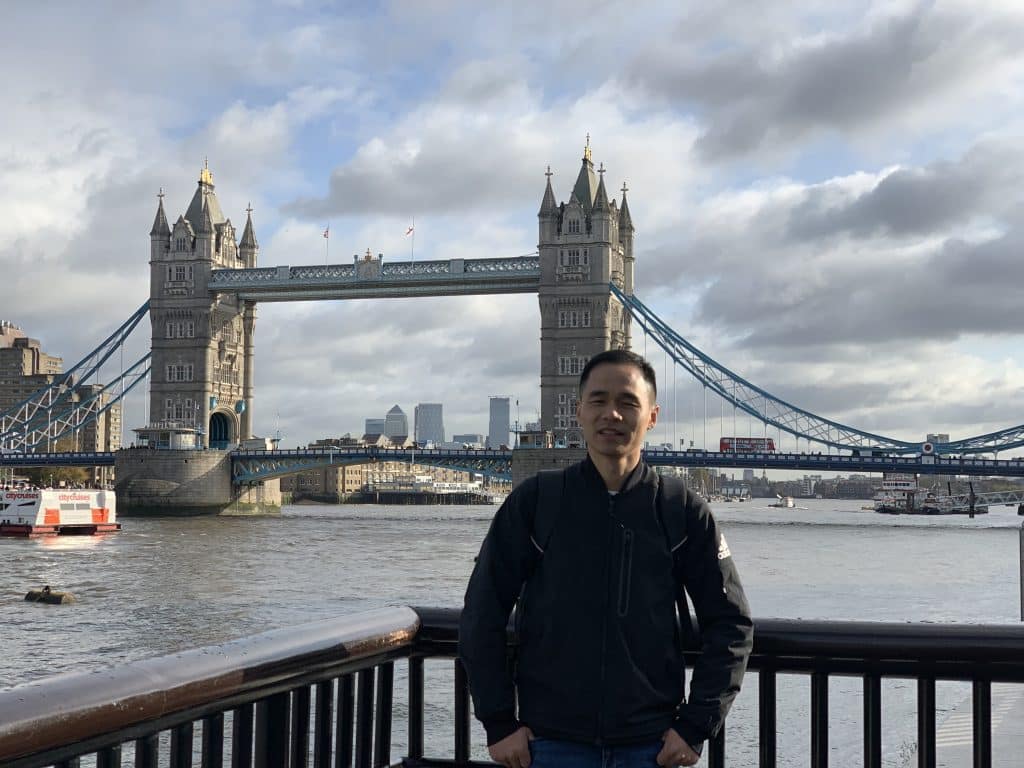
Hello Customers,
My name is Taylor Gong, I’m the product manager of ZGSM Tech. I have been in the LED lights industry for more than 13 years. Good at lighting design, street light system configuration, and bidding technology support. Feel free to contact us. I’m happy to provide you with the best service and products.
Email: [email protected] | WhatsApp: +8615068758483

